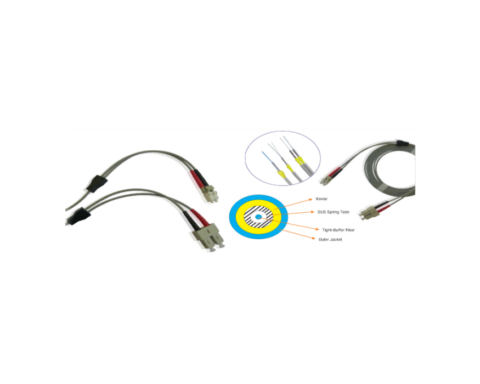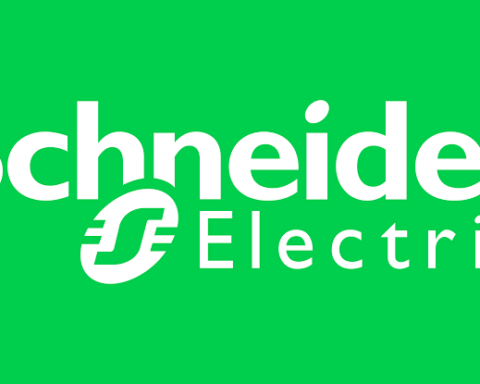Plans today’s data centers with an eye to the future while keeping sight of investment costs, operating expenses and reliability
When it comes to planning, building, operating and expanding data centers, and the most reliable approach is to adhere to the appropriate standard. But to which one? The new Data Center Manual from Swiss cabling specialist R&M provides orientation on this issue.
R&M explains that the new European series EN 50600 is just now being developed. The already known standards ISO/IEC 24764 and EN 50173-5 do not cover all current problems. The most recent standard for data centers is the US standard TIA-942-A, published in August 2012.
TIA-942-A is also the most comprehensive standard. It treats practically all aspects of data centers, from security considerations in site selection and availability requirements to coordination of building planning, infrastructure design and the selection of technical equipment.
Structured cabling is just a sub-aspect. A structured approach in all planning and execution is essential for ensuring reliable and satisfactory functionality for years to come.
TIA-942-A suggests a topology applicable to any size of installations, from data centers for small businesses to large scale data centers for Internet services. A new point with TIA is its introduction of an intermediate distribution area (IDA) between the main distribution area (MDA) and the horizontal distribution area (HDA). The purpose of the IDA distribution layer is to improve cabling structuring with a second entrance room being used. An analogous addition can be found in Amendment 2 to EN 50173-5.
Another new point in TIA-942-A is strict spatial separation. The interface with the external network is not allowed to be located in the computer room. TIA-942-A refers to TIA-569-C on the separation of telecommunication cables and power supply cables.
For fiber optic cabling, TIA-942-A recommends class OM4 multi-mode fiber optic cable or 9/125 μm single-mode cable. TIA-604-10 provides for LC-Duplexes as connectors for two fibers or TIA-604-5 provides for MPO/MTP® multi-fiber connectors. R&M considers it advisable that TIA now dispense with indicating the maximum lengths for fiber optic cables. The possible lengths result from the application used on them.
For copper transmission sections, TIA-942-A recommends the category 6A. In this context, TIA makes no distinction between channel, permanent link and components. Category 6A is only partially comparable to the classification according to the international ISO/IEC or the European EN, which defines the category Cat. 6A for the components and the class EA for the channel. R&M has already pointed out the difference between 6A and 6A many times. The subscripted A stands for the tougher requirements.
The bottom line is this: None of the sets of standards is complete. When planning a data center, a company should therefore consult all relevant standards and follow the most stringent requirements. That is the best way to be equipped for future advances. It is important to list the corresponding standard specification in the product specs in order to avoid misunderstandings.
To assist data center planners and operators, R&M has produced a comprehensive manual. To download the manual, please click www.rdm.com.








